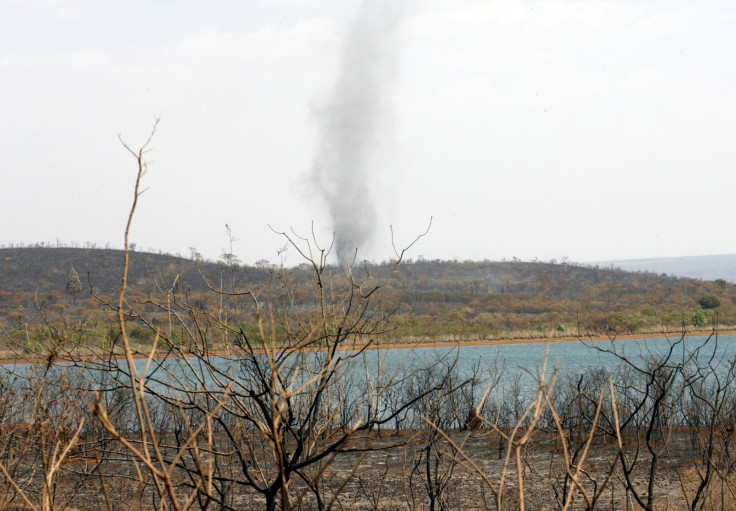Global vegetation has increased despite large-scale deforestation

Vegetation cover has increased globally by the equivalent of four billion tonnes of carbon since 2003 thanks to some luck and aggressive afforestation, says a new analysis of satellite data.
Global warming would be happening faster if these emissions were not captured by the increased vegetation growth.
The Australian-led study used satellite measurements of natural radio waves emitted from the Earth's surface to measure the green cover. Earlier studies had focused on forest cover change.
The increase in green cover was mainly due to a growth of the savannas in Australia, Africa and South America, after increased rainfall. Meanwhile in Russia and former Soviet republics, the reforestation on abandoned farmland helped.
China was the only country to intentionally increase its vegetation with tree planting projects.
"The increase in vegetation primarily came from a lucky combination of environmental and economic factors and massive tree-planting projects in China," said Dr Yi Liu a lead author and remote sensing scientist from the Centre of Excellence for Climate System Science at UNSW Australia.
The increase in Australia occurred despite ongoing land clearing, urbanization and droughts.
It is also probable that higher levels of CO2 in the atmosphere helped plants in these areas to grow more vigorously, said the team.
However the gain could be reversed if the savannas were to experience extended dry periods, according to CSIRO's Dr Pep Canadell, a co-author of the study and director of the Global Carbon Project.
"This study shows this capture of carbon is very sensitive to year-to-year changes in rainfall over savanna regions, both for Australia and for the global CO2 budget," Dr Canadell said.
The work is published in Nature Climate Change.
Loss of forest cover in tropics
The study also pointed out that massive vegetation loss is still occurring in many other regions.
The greatest declines have been in the Amazon forests that have seen a 29% drop in cover.
Tropical deforestation has increased by 62% over the last two decades, according to a University of Maryland study using satellite images.
Another recent study based on Landsat data claimed that tropical deforestation increased by 62% over the last two decades and did not decrease as assessed by the UN.
The UN's Food and Agriculture Organization's (FAO) Forest Resource Assessment showed a 25% slowdown, based on a collection of reports from dozens of countries.
Nations and organisations made a commitment, at the UN Climate Summit, to cut natural deforestation in half by 2020 and end it by 2030. But the ground situation shows a different picture.
© Copyright IBTimes 2025. All rights reserved.





















